Published 2/2023
Created by EasyShiksha Learning
MP4 | Video: h264, 1280×720 | Audio: AAC, 44.1 KHz, 2 Ch
Genre: eLearning | Language: English | Duration: 50 Lectures ( 5h 58m ) | Size: 6.14 GB
HEAT EXCHANGERS
What you’ll learn
Understand the principles of heat transfer and thermodynamics as applied to heat exchanger design.
Learn the different types of heat exchangers, including shell-and-tube, plate-and-frame, and air-cooled exchangers, and be able to select the appropriate heat e
Gain knowledge of heat exchanger sizing and rating methods, including log mean temperature difference (LMTD), effectiveness-NTU method, and heat exchanger perfo
Learn the steps involved in thermal design of heat exchangers, including the calculation of heat transfer coefficients, determination of flow arrangements, and
Requirements
A basic understanding of thermodynamics, heat transfer, and fluid mechanics
Familiarity with engineering calculations and principles
Knowledge of basic mathematics, including calculus and differential equations
Experience with using software tools for engineering calculations, such as Excel or MATLAB
Description
HEAT EXCHANGERS: Selection, Rating, and Thermal Design is a course that covers the fundamental principles, design, and analysis of heat exchangers. Topics covered include types of heat exchangers, selection criteria, rating methods, thermal design, and performance analysis. The course is intended to provide students with a solid understanding of the fundamental concepts and practical applications of heat exchangers in various industries such as power generation, chemical processing, and HVAC. The course is designed for mechanical engineering students and professionals in related fields such as chemical engineering, aerospace engineering, and energy engineering.Topics we covered in this course:1. Classification of Heat Exchangers1.1 Introduction1.2 Recuperation and Regeneration1.3 Transfer Processes1.4 Geometry of Construction1.5 Heat Transfer Mechanisms1.6 Flow Arrangements1.7 Applications1.8 Selection of Heat Exchangers2. Basic Design Methods of Heat Exchangers2.1 Introduction2.2 Arrangement of Flow Paths in Heat Exchangers2.3 Basic Equations in Design2.4 Overall Heat Transfer Coefficient2.5 LMTD Method for Heat Exchanger Analysis2.6 The ε-NTU Method for Heat Exchanger Analysis2.7 Heat Exchanger Design Calculation2.8 Variable Overall Heat Transfer Coefficient2.9 Heat Exchanger Design Methodology3. Forced Convection Correlations for the Single-Phase Side of Heat Exchangers3.1 Introduction3.2 Laminar Forced Convection3.3 Effect of Variable Physical Properties3.4 Turbulent Forced Convection3.5 Turbulent Flow in Smooth Straight Noncircular Ducts3.6 Effect of Variable Physical Properties in Turbulent3.7 Summary of Forced Convection in Straight Ducts3.8 Heat Transfer from Smooth-Tube Bundles3.9 Heat Transfer in Helical Coils and Spirals3.10 Heat Transfer in Bends4. Heat Exchanger Pressure Drop and Pumping Power4.1 Introduction4.2 Tube-Side Pressure Drop4.3 Pressure Drop in Tube Bundles in Crossflow4.4 Pressure Drop in Helical and Spiral Coils4.5 Pressure Drop in Bends and Fittings4.6 Pressure Drop for Abrupt Contraction, Expansion, and Momentum Change4.7 Heat Transfer and Pumping Power Relationship5. Micro/Nano Heat Transfer5.1 PART A—Heat Transfer for Gaseous and Liquid Flow in Microchannels5.2 PART B—Single-Phase Convective Heat Transfer with Nanofluids6. Fouling of Heat Exchangers6.1 Introduction6.2 Basic Considerations6.3 Effects of Fouling6.4 Aspects of Fouling6.5 Design of Heat Exchangers Subject to Fouling6.6 Operations of Heat Exchangers Subject to Fouling6.7 Techniques to Control Fouling7. Double-Pipe Heat Exchangers7.1 Introduction7.2 Thermal and Hydraulic Design of Inner Tube7.3 Thermal and Hydraulic Analysis of Annulus7.4 Parallel–Series Arrangements of Hairpins7.5 Total Pressure Drop7.6 Design and Operational Features
Who this course is for
Engineers and technicians who work in the design, selection, and operation of heat exchangers.
Researchers and scientists who need to use heat exchangers in their work.
Industry professionals who are looking to stay up-to-date with the latest developments in heat exchanger technology and design practices.
HOMEPAGE
https://anonymz.com/?https://www.udemy.com/course/heat-exchangers-selection-rating-and-thermal-design-i/
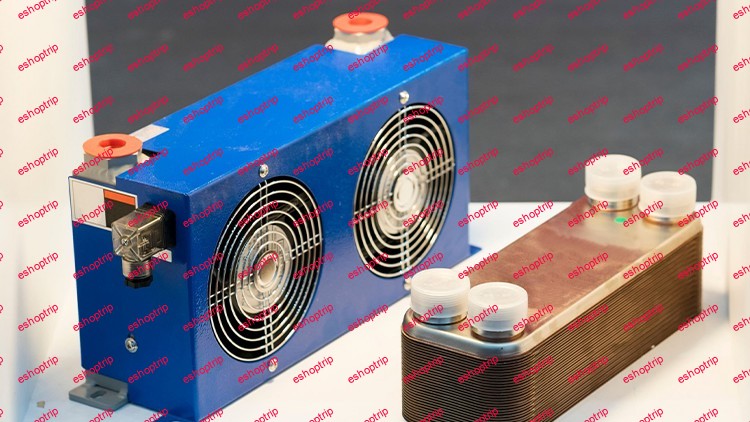



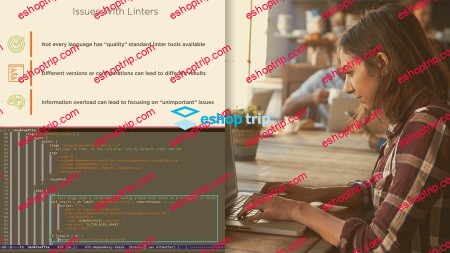

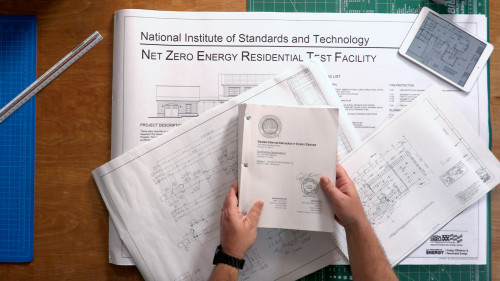
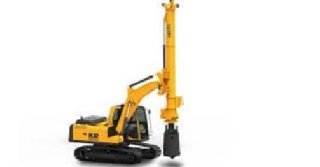
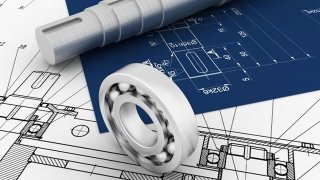
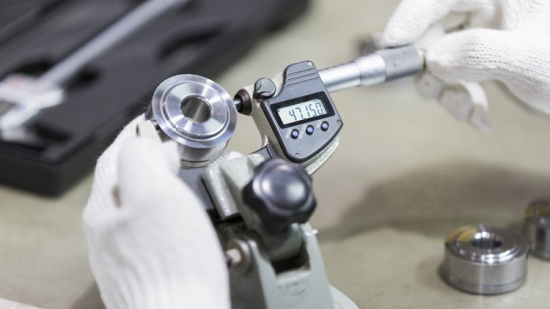
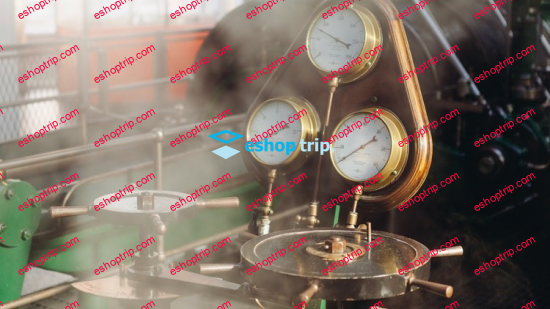
Reviews
There are no reviews yet.